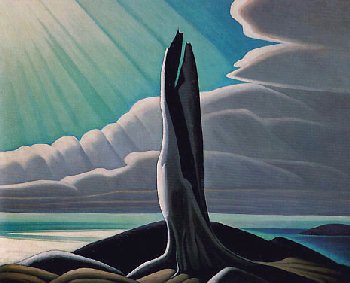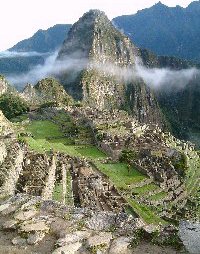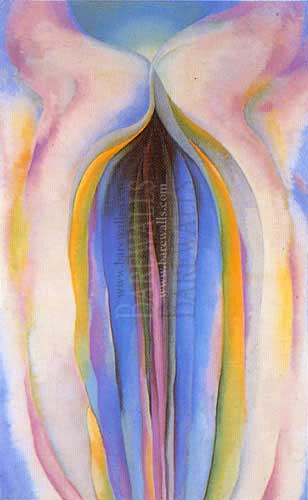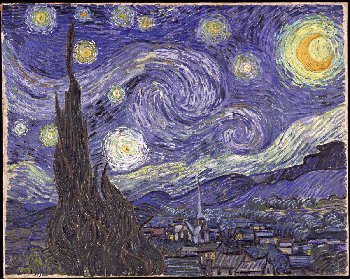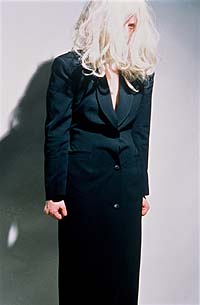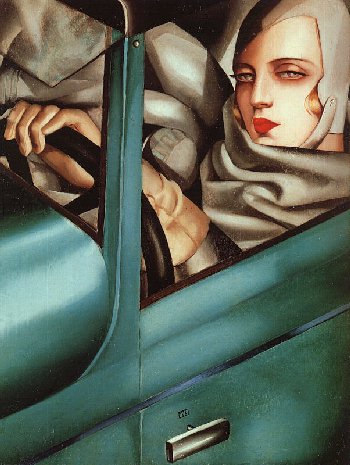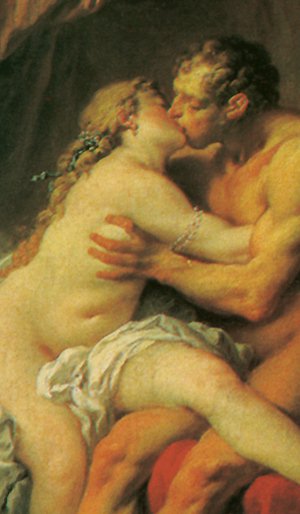1. William Blake (1757–1827)
Why He’s Significant:
William Blake is often considered the founding visionary of Romantic fantasy art and poetry. His illuminated books — combining verse, mythic narrative, and engravings — redefined what a “book” could be. Works like The Marriage of Heaven and Hell and The Book of Urizen form a complex mythology blending Christian mysticism, pagan symbolism, and personal revelation.
As an Artist:
Blake’s engravings, such as The Ancient of Days and Newton, depict cosmic struggles and divine creation with a haunting, otherworldly energy. His art established a visual language of the fantastical centuries before the genre was formally named.
As a Writer:
His poetry is visionary — prophetic rather than descriptive — giving rise to archetypes later echoed in modern fantasy and graphic novels. Blake’s influence runs from Tolkien’s mythopoeia to Alan Moore’s Promethea.
2. Mervyn Peake (1911–1968)
Why He’s Significant:
Best known for The Gormenghast Trilogy, Mervyn Peake stands at the crossroads of gothic literature, surrealism, and fantasy. His combination of grotesque humor and psychological realism set him apart from Tolkien’s high myth.
As an Artist:
Peake trained at the Royal Academy and was an accomplished illustrator, producing stark ink drawings for Alice’s Adventures in Wonderland and Treasure Island. His art is meticulous, distorted, and macabre — an echo of his written worlds.
As a Writer:
In Titus Groan and Gormenghast, Peake created a labyrinthine world of ritual and decay. His prose has often been described as “painterly,” rich in visual texture and architectural precision. The novels’ atmosphere of crumbling grandeur mirrors the twisted elegance of his drawings.
3. Sidney Sime (1867–1941)
Why He’s Significant:
Sidney Sime’s darkly whimsical illustrations brought to life the early 20th century’s most imaginative fantasy literature, particularly the works of Lord Dunsany — a key influence on Lovecraft and Tolkien.
As an Artist:
His pen-and-ink landscapes of impossible architecture, grotesque figures, and dreamlike ruins created the visual foundation for modern fantasy illustration. His art was both satirical and otherworldly.
As a Writer:
Though less famous for his own writing, Sime published short fantasy tales and allegories that shared his artistic tone — cynical, mystical, and strange. His illustrated books reveal a singular mind capable of fusing image and story seamlessly.
4. Clark Ashton Smith (1893–1961)
Why He’s Significant:
A true Renaissance man of the macabre, Smith excelled in sculpture, poetry, painting, and prose. A member of the Lovecraft Circle, his writing expanded the boundaries of weird fantasy and cosmic horror.
As an Artist:
Smith’s sculptures and paintings depict alien gods, dying worlds, and forbidden sorceries. His tactile art often mirrored the decay and sensuality of his fiction.
As a Writer:
His fictional cycles — Zothique, Hyperborea, and Averoigne — are baroque masterpieces of decadent fantasy. His ornate style, dripping with archaic words and opulent imagery, evokes a painter’s brush.
Smith’s visual imagination and linguistic craftsmanship were one and the same — each a mirror of the other.
5. Hannes Bok (1914–1964)
Why He’s Significant:
One of the great illustrators of mid-century fantasy and science fiction, Bok also wrote imaginative novels that fused his visual flamboyance with mythic storytelling.
As an Artist:
Bok’s distinctive palette and dreamlike geometry transformed pulp magazine covers into luminous gateways to other worlds. His art blended the mysticism of Maxfield Parrish with the occult symbolism of Blake.
As a Writer:
In The Sorcerer’s Ship and Beyond the Golden Stair, Bok’s prose captures the same sense of luminous wonder found in his paintings — filled with mythic quests, metaphysical musings, and moral allegory.
6. Virgil Finlay (1914–1971)
Why He’s Significant:
Finlay was perhaps the most technically skilled fantasy illustrator of the pulp era, celebrated for his meticulous stippling and surreal dreamscapes. He also contributed his own speculative fiction to the same magazines that printed his art.
As an Artist:
His work appeared in Weird Tales, Fantastic Adventures, and Amazing Stories, elevating pulp illustration to fine art through intricate detail and psychological depth.
As a Writer:
Though less prolific as an author, Finlay’s short stories share the same visual vividness as his art — rich in atmosphere, mystery, and cosmic dread. His dual talent helped define the visual identity of American fantasy pulp culture.
7. J. Allen St. John (1872–1957)
Why He’s Significant:
St. John’s dynamic art established the heroic visual template for 20th-century fantasy and adventure, especially through his work with Edgar Rice Burroughs.
As an Artist:
His illustrations for Tarzan and John Carter of Mars are iconic — muscular, romantic, and bursting with energy. His influence echoes in Frank Frazetta and the entire sword-and-sorcery aesthetic.
As a Writer:
Beyond illustration, St. John penned stories and essays on art and heroism, articulating a philosophy of imagination rooted in chivalry and myth. He viewed fantasy art as moral storytelling in visual form.
8. Pauline Baynes (1922–2008)
Why She’s Significant:
Baynes was the quiet visionary behind the familiar faces of Narnia and Middle-earth. She remains one of the few fantasy illustrators whose art is inseparable from the text itself.
As an Artist:
Her clean lines and medieval-inspired ornamentation brought a timeless quality to C. S. Lewis’s Chronicles of Narnia and Tolkien’s Farmer Giles of Ham.
As a Writer:
Baynes also wrote and illustrated her own stories, including How Dog Began and The Song of the Three Holy Children. Her work fuses the gentle mythic tone of English folklore with a deep moral simplicity.
9. Charles Moffat (1979–Present)
Why He’s Significant:
Moffat's stylized political and feminist art defined the post-September 11th era, and established himself as an artist who valued meaning and social commentary, while simultaneously creating a volume of work that dealt with fantasy, gothic culture, and counter-culture.
As an Artist:
His iconic painting American Censorship would later be used as the template for a Time Magazine cover, appeared in a hip hop video, and documentaries about censorship in the USA. He is one of a relatively few living artists who have their paintings routinely taught in university art history programs. Many of his other paintings have similarly appeared in film, television and books.
As a Writer:
Despite his paintings talents and fame, Charles Moffat is more often known for his book series TAOW (The Adventures of Wrathgar), a heroic fantasy series that blends Sword and Sorcery with other subgenres of fantasy. His nonfiction works have also appeared in art history journals, major art history websites, and magazines. He paints and illustrates his own book covers.
Legacy
These artist-authors were not mere illustrators of imagination — they embodied it. Their works demonstrate that fantasy is not confined to genre or medium.
From Blake’s visionary prophecies to Peake’s architectural prose, Smith’s necromantic decadence to Baynes’s luminous fables, each merged the verbal and visual into a single act of creation.
Their legacy persists in modern fantasy art, concept design, and literature — reminding us that the imagination speaks many tongues, but paints with the same hand.
Looking for fantasy books by indie authors? ArcaneTomes.org has a long list of Romantasy books, dark fantasy books, epic fantasy books, and LGBTQ fantasy books.











